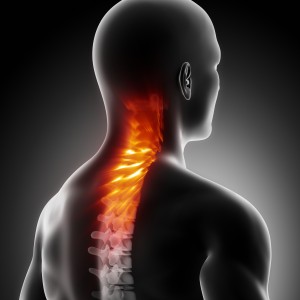While you were enjoying your summer vacation, Team Kapstone compiled some of the best stories in 3D printing, medical devices, and orthopedics. Catch back up with three articles to Inspire, Equip, and Guide you through what you missed in July:
Inspire: Toddler from China Receives First Skull Reconstruction Surgery Using 3D Printing Technology
A 3-year-old girl in China received the first full skull reconstruction surgery involving a 3D printed titanium skull to reposition her brain. CT results showed that Han Han’s brain was filled 80% with water. Diagnosed with congenital hydrocephalus, if she was not treated quickly, she would not survive the summer. The procedure drained the fluid from Han Han’s brain and the titanium implants were inserted into her head to recreate her skull.
As Han Han recovers and continues to grow, the titanium implants will become surrounded by her own bone, leading to the strengthening of the top of her skull. Thanks to her surgeons, medical team, and 3D printing, Han Han is expected to make a full recovery.
Equip: Motion Preservation and the Rise of Disc Replacement
Spinal fusion has been the longtime dominant procedure for cervical spine surgery. While spinal fusion continues to hold the largest market share, tides are changing as non-fusion options are now more widely available – and accepted. The Millennium Research Group reports that the global non-fusion spinal market will surpass $1.6 billion by 2022, nearly tripling in size from just a few years ago.
By 2020, cervical disc replacement is expected to have 10 percent of the global spine surgery market, according to a MedMarket Diligence report.
Guide: FDA Clears First 3D Printed, Load-Bearing Polymer Implant
Oxford Performance announced that the FDA has issued a 510(k) clearance for its latest 3D printed biomedical device, the SpineFab vertebral body replacement (VBR) system. This device is the first and only 3D printed spinal implant to be cleared for a load-bearing indication, and is suitable for long-term implantation.
SpineFab will be 3D printed in 48 sizes by OPM Biomedical. Using biocompatible polymer and laser light, the OsteoFab laser sintering additive manufacturing process is hailed by Oxford Performance as an “extremely clean” implant production method. All SpineFab implants will be manufactured by OPM utilizing the OsteoFab® process.
We can also Inspire, Equip, and Guide you in realizing your medical device idea. In fact, we partner with physician inventors and manufacturers of all sizes to rapidly develop and commercialize new medical devices. Contact Us today to learn how to get started.




